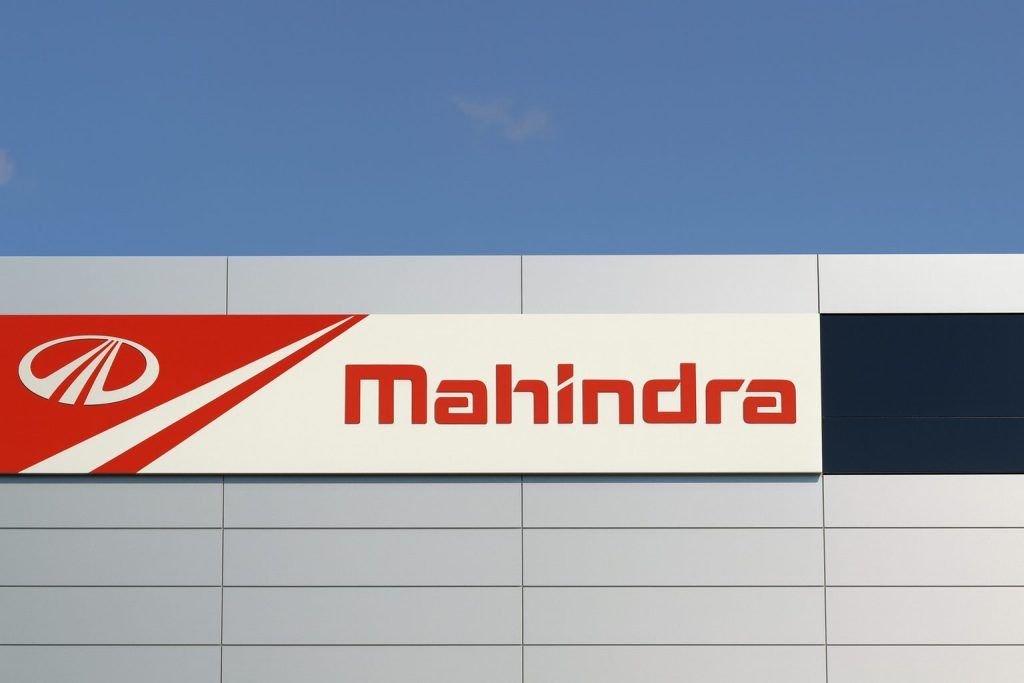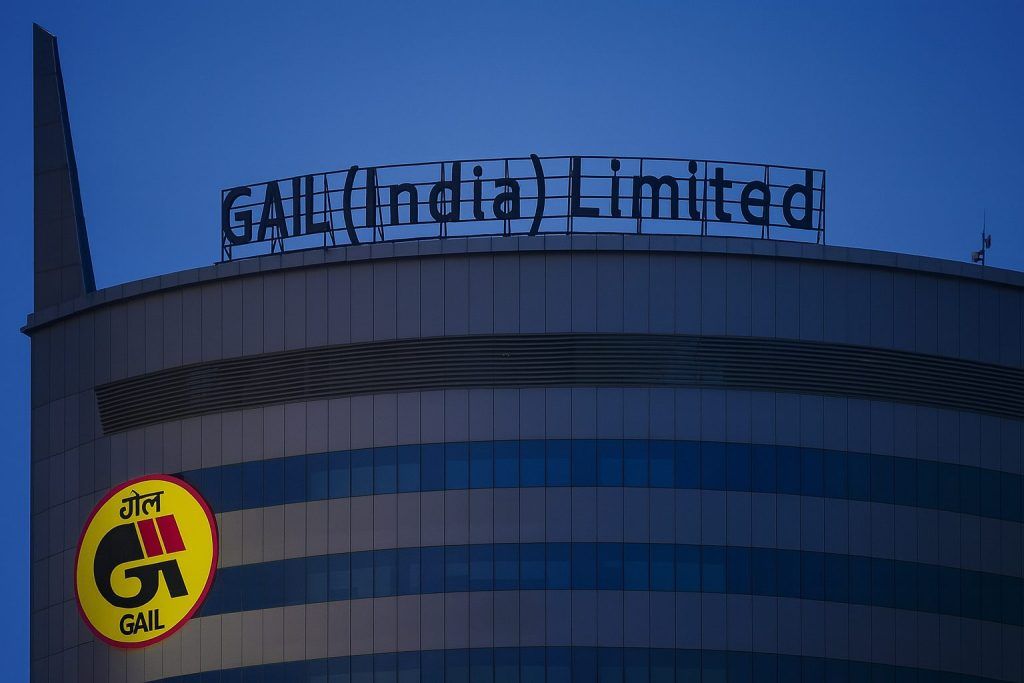Shares of One 97 Communications Ltd, the parent of Paytm, continued their sharp up‑move on Friday, 28 November 2025, as the market cheered a powerful combo: final approval from the Reserve Bank of India (RBI) for its payment aggregator arm, a fresh ‘Buy’ upgrade from Goldman Sachs with a higher target price, and reaffirmed optimism from ICICI Securities.
Paytm share price today: Stock extends rally near 52‑week highs
As per NSE data compiled by Investing.com, Paytm shares closed around ₹1,325.70 on 28 November 2025, up roughly 2.5% from the previous close of ₹1,293.10. The stock traded in a range of about ₹1,308–₹1,336 during the day, with volumes above 2.7 million shares. [1]
That means:
- The stock has gained about 6.8% in just four trading sessions since 25 November (close: ₹1,241.40). [2]
- It is now trading only a few percentage points below a recent 52‑week high in the ₹1,320–1,350 zone, and more than 100% above its 52‑week low near ₹652 in March 2025. [3]
Early in Friday’s session, Paytm was already up nearly 2%, changing hands around ₹1,308.10, after a positive call from Goldman Sachs (more on that below). [4]
In short: the market has pivoted from “regulatory overhang” to “growth comeback” mode — and the price is starting to reflect that.
RBI payment aggregator licence: three‑year overhang finally lifted
The single biggest structural news still driving Paytm’s stock this week is the final RBI approval for its subsidiary Paytm Payments Services Limited (PPSL) to operate as a payment aggregator.
Key points from multiple filings and media reports: [5]
- On 26 November 2025, the RBI granted PPSL a Certificate of Authorisation (CoA) to operate as a Payment Aggregator under the Payment and Settlement Systems Act, 2007.
- This comes after an in‑principle approval in August 2025 and follows a long journey that began with Paytm’s original application back in 2020 and a rejection/return of the application in 2022 over foreign-direct-investment (FDI) compliance issues.
- The licence lifts the freeze on onboarding new merchants, in place since November 2022, and lets Paytm once again collect and settle online payments for merchants at scale.
- Financial Express and other outlets note that this gives Paytm full parity with rival payment aggregators such as Razorpay, PayU, Cashfree and others, and that the authorisation is not accompanied by any suspension, corrective action or monetary penalty. [6]
- Analysts quoted by InvestDesk argue that the move significantly reduces regulatory risk, allows Paytm to refocus on merchant acquisition and transaction growth, and could support a stock re‑rating as this flows into consolidated financials. [7]
For a stock that has spent years trading under a cloud of regulatory uncertainty, this decision is a big narrative pivot: Paytm’s payment engine is now officially allowed to run at full throttle again.
Fresh catalyst today: Goldman Sachs upgrade to ‘Buy’ with ₹1,570 target
The most immediate trigger for Friday’s move was a report from Goldman Sachs, highlighted in a Business Upturn article on 28 November. [8]
According to that report:
- Goldman Sachs upgraded Paytm to ‘Buy’ and raised its target price to ₹1,570.
- The brokerage argues that the regulatory environment — once the biggest drag — is now improving, with early signs of recovery in Paytm’s payments market share after the RBI’s approvals.
- It expects Paytm to sustain 20%+ revenue growth over the coming years, supported by the relaunch of key products and a more stable operating framework.
- Goldman also models EBITDA margins more than doubling over the next 3–4 years, driven by operating leverage and better business efficiency.
- Potential upside triggers it flags include: further recovery in payments market share and any favourable regulatory changes around payment charges.
That kind of stance from a global investment bank tends to attract both domestic and foreign institutional attention, especially when it lines up with improving local sentiment.
ICICI Securities raises target to ₹1,450, sees multi‑year profitability boost
Goldman isn’t alone. In a report dated 25 November 2025, ICICI Securities reaffirmed its ‘Buy’ rating on One 97 Communications and raised its target price from ₹1,240 to ₹1,450. [9]
Highlights from the ICICI view (as summarised by Moneycontrol and ET BFSI):
- The brokerage’s positive stance is based on strong earnings growth potential driven by:
- Continued growth in payments and loan distribution,
- Margin expansion via product upgrades, a richer mix of chargeable payment products, cost savings and scale, and
- “Option value” from areas like postpaid, wallets, new products and selective international expansion.
- ICICI now values Paytm at 40x FY28E EBITDA, adds around ₹130 billion in net cash, and arrives at the ₹1,450 target. [10]
- The firm projects Paytm’s EBITDA rising steeply over FY26–28, with revenue growth supported by:
- Gross merchant value (GMV) expected to grow at about 23% CAGR between FY25 and FY28,
- Higher take rates in payments,
- Rising subscription revenue from merchant devices, and
- Expanding financial services revenue from merchant lending and resumed postpaid offerings. [11]
The brokerage still flags regulatory risk and potential volatility in loan growth as key overhangs, but the core message is clear: Paytm is transitioning from “turnaround story” to a multi‑year profitability ramp in many analyst models.
Derivatives signal: heavy call buying at ₹1,300 strike
Derivatives traders have been leaning into the bull case as well.
MarketsMojo’s “Stocks in Action” pieces from 27 November show unusually heavy activity in Paytm call options expiring on 30 December 2025: [12]
- The ₹1,300 call emerged as one of the most actively traded strikes, with nearly 4,000 contracts changing hands and open interest above 2,100 contracts.
- Turnover at that strike crossed roughly ₹135 crore, suggesting strong speculative and hedging interest around that level.
- The underlying stock at the time was quoted just below that strike (around ₹1,288–1,289), making ₹1,300 a natural magnet for bullish positioning.
- Technically, MarketsMojo notes that Paytm is trading above its 5‑day, 50‑day, 100‑day and 200‑day moving averages, but still slightly below its 20‑day moving average, implying short‑term resistance even as the broader trend looks strong. [13]
One caveat: delivery volumes (actual shares taken into demat instead of intraday churn) have fallen sharply versus their 5‑day average, pointing to more short‑term trading and less “buy‑and‑forget” accumulation. [14]
The net message from derivatives: the market is positioned for further upside, but with the kind of speculative flavour that can amplify both rallies and pullbacks.
Q2 FY26 results: steady revenue growth, noisy profit, and an online gaming hit
Underneath all the excitement, Paytm’s latest Q2 FY26 numbers (July–September 2025 quarter) remain the fundamental anchor for analyst models.
From the company’s filings and coverage by Mint and Business Standard: [15]
- Net profit for Q2 FY26 was ₹21 crore, sharply lower year‑on‑year compared with around ₹939 crore in Q2 FY25.
- That steep decline, however, is largely optical: the prior‑year quarter contained a one‑time gain of about ₹1,345 crore from the sale of Paytm’s movie ticketing and events business to Zomato.
- Revenue from core operations climbed roughly 24% year‑on‑year to about ₹2,061 crore, driven by continued growth in payments and financial services.
- Total expenses fell around 8% year‑on‑year, reflecting cost control and operating leverage. [16]
- The quarter also absorbed a one‑time impairment of ₹190 crore related to a loan to an online‑gaming joint venture, following new legal restrictions on online gaming. [17]
On the operating side, ICICI’s model and ET BFSI’s summary emphasise: [18]
- GMV up 27.5% YoY to about ₹5.7 trillion in Q2 FY26,
- Merchant device base at roughly 13.7 million,
- Monthly transacting users around 75 million,
- Financial services customers at 6.5 million, and
- EBITDA margin at about 7% on the back of revenue growth and scale benefits.
So the underlying picture is of a company still investing, still growing, and still a bit noisy because of one‑offs — but now with positive net profit, expanding margins, and a cleaner regulatory runway.
Strategic angle: AI as a growth lever, via Groq partnership
Layered on top of the payments and lending story is Paytm’s AI push.
Earlier this month, Paytm announced a partnership with US‑based AI company Groq to deploy the firm’s high‑performance Language Processing Unit (LPU) hardware for real‑time AI across its platform. [19]
According to the Financial Express’ breakdown:
- Paytm already uses AI for risk modelling, fraud detection, onboarding and personalisation; the Groq tie‑up is aimed at making those systems faster and more cost‑efficient.
- The company pitches this as building the “next phase of intelligent and data‑driven growth” in payments and financial services, where real‑time decisions (fraud checks, credit approvals, routing, offers) directly influence monetisation. [20]
This AI narrative dovetails neatly with the bullish analyst case: if Paytm can use advanced infrastructure like Groq’s to improve unit economics and risk control, the upside in margins and cross‑sell could be meaningful.
How today’s news fits into the bigger Paytm story
Put all of this together, and today’s move in Paytm’s stock is less a random spike and more a cumulative repricing of three major themes:
- Regulatory clarity returning
- RBI’s final CoA for PPSL removes a long‑running overhang and restores full merchant‑onboarding capability. [21]
- The market is now treating this as a structural, not just sentimental, positive.
- Analyst sentiment turning decisively constructive
- Goldman Sachs upgrading the stock to ‘Buy’ with a ₹1,570 target,
- ICICI Securities hiking its target to ₹1,450, projecting strong EBITDA and PAT growth,
- Other coverage highlighting Paytm as a beneficiary of India’s digital payments and fintech boom. [22]
- Fundamentals catching up to the story
- Two straight quarters of profit, robust 20%+ revenue growth, and improving operating leverage, even after absorbing one‑off hits. [23]
- A deliberate tilt toward higher‑margin products, devices, lending distribution and AI‑driven efficiency.
Key risks and what to watch next
Of course, markets don’t move in straight lines, and Paytm remains a high‑beta, high‑debate stock. Based on analyst commentary and recent developments, investors are likely to focus on: [24]
- Regulatory risk 2.0
- Any fresh RBI or government rules on payments, data, online lending or gaming could impact volumes or profitability again.
- Execution on merchant acquisition post‑licence
- The Payment Aggregator licence is only as valuable as the incremental GMV and revenue it drives. The next 2–3 quarters will show whether Paytm can meaningfully accelerate merchant and transaction growth now that the freeze is gone.
- Profitability trajectory vs. expectations
- Street models now bake in rising EBITDA margins and strong earnings growth. Any disappointment on cost discipline, credit quality or monetisation could trigger volatility.
- Valuation and technicals
- After more than doubling from its 52‑week low and trading near recent highs, Paytm is no longer a deep‑value bet.
- Derivatives data suggests crowded bullish positioning at key strikes like ₹1,300, which can fuel sharp pullbacks if sentiment flips.
Bottom line
On 28 November 2025, Paytm’s parent One 97 Communications Ltd is very much back in the market’s spotlight:
- The stock is rallying on a cleaner regulatory backdrop,
- Global and domestic brokerages are pushing targets higher, and
- The company’s own numbers and strategy — from Q2 earnings to its AI partnership — are beginning to back up the optimism.
For now, the narrative has clearly shifted from “Can Paytm survive the RBI?” to “Can Paytm fully monetise its payments ecosystem and AI edge?”
References
1. www.investing.com, 2. www.investing.com, 3. www.livemint.com, 4. www.businessupturn.com, 5. www.business-standard.com, 6. www.financialexpress.com, 7. investdesk.in, 8. www.businessupturn.com, 9. www.moneycontrol.com, 10. www.moneycontrol.com, 11. bfsi.economictimes.indiatimes.com, 12. www.marketsmojo.com, 13. www.marketsmojo.com, 14. www.marketsmojo.com, 15. www.livemint.com, 16. www.livemint.com, 17. www.livemint.com, 18. bfsi.economictimes.indiatimes.com, 19. www.financialexpress.com, 20. www.financialexpress.com, 21. www.business-standard.com, 22. www.businessupturn.com, 23. www.livemint.com, 24. www.moneycontrol.com







